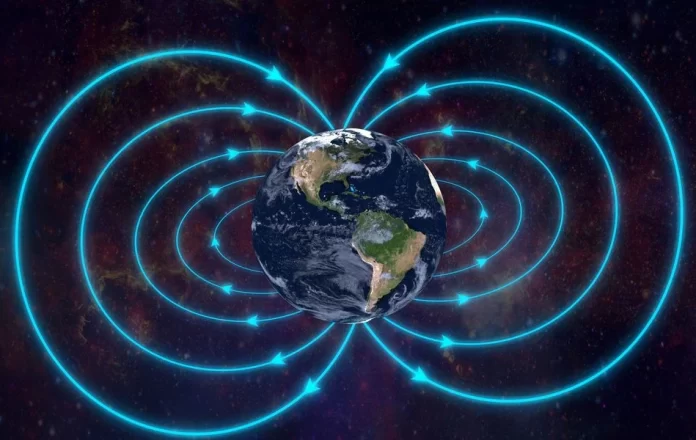
 EAST MAGNETIC POLE, Poland – Every middle school science class includes experiments with bar magnets. No matter how many times a bar magnet is cut in two, each fragment still has a north and a south pole, called a dipole. Until now, a magnetic monopole that has either a north or a south pole but not both, has been only a theoretical concept.
EAST MAGNETIC POLE, Poland – Every middle school science class includes experiments with bar magnets. No matter how many times a bar magnet is cut in two, each fragment still has a north and a south pole, called a dipole. Until now, a magnetic monopole that has either a north or a south pole but not both, has been only a theoretical concept.
Using a device called a Superconducting Quantum Interference Device (SQUID), University of Calgary physicist Dr. Seymour Butts has proved their existence and in conjunction with the Geoscience Department constructed a device to produce, detect and measure monopoles in a way that simulates deep penetrating radar. That is, subsurface structures can be imaged in great detail, much more so than with conventional seismic surveys. This is invaluable for oil and gas exploration.
Professor Butts cautioned that there is still a lot of work to be done before the SQUID is a commercial product. At present the monopole generator and detector are each the size of a box car and need to be miniaturized. Additional equipment is needed to maintain the liquid helium used to produce superconductivity.

To get a better understanding of the physics involved, your humble correspondent arranged an interview with a monopole, Szymon Kozlowski. This required my traveling to the east magnetic pole, located near Warsaw, Poland.
Sir William: Mr. Kozlowski, I know that Earth has north and south magnetic poles. I had no idea there was also an east magnetic pole.
Kozlowski: Of course there’s an east magnetic pole in Poland. Where else would you expect monopoles to hang out? And no, there isn’t a west magnetic pole. That’s why we’re monopoles. Those north and south guys are dipoles and belong in frozen wastelands like Ellesmere Island and Antarctica.
Sir William: Let me get this straight. Magnetic monopoles are Polish? And dipoles are not?
Kozlowski: Well duh. Like I said, the dipole guys are either Canadian or Antarctican.
Sir William: That’s ridiculous.
Kozlowski: Is it any more ridiculous than your talking to an elementary subatomic particle? If fact, this whole interview may be the result of the copious volumes of London dry gin you’ve been drinking since New Year’s Eve.
Sir William: Getting back to the subject at hand, do you mind being exploited for financial gain by oil and gas explorationists?
Kozlowski: Nah. It’s a living.
Geoscientists around the world, in western Canada in particular, are eagerly awaiting the results of super-seismic-based SQUID sub-surface imaging that is currently being tested in the Western Canadian Sedimentary basin. The hope is that this technology will make their jobs even easier than they already are.



















